STROKE
A stroke is a "brain attack". It occurs when blood flow to an area of brain is cut off. When this happens, brain cells are deprived of oxygen and begin to die. When brain cells die during a stroke, abilities controlled by that area of the brain such as memory and muscle control are lost. Stroke also known as cerebrovascular accident (CVA). The effect of stroke depends on where the stroke occurs in the brain and how much the brain is damaged. For example, someone who had a small stroke may only have minor problems such as temporary weakness of an arm or leg. People who have larger strokes may be permanently paralyzed on one side of their body or lose their ability to speak. Some people recover completely from strokes, but more than 2/3 of survivors will have some type of disability.
Types of Stroke
There are three main kinds of stroke:
- Ischemic strokes,
- Hemorrhagic strokes,
- Transient ischemic attacks (TIAs), also referred to as mini-strokes.
Causes
The different forms of stroke have different specific causes.
Causes of Ischemic Stroke: Ischemic stroke is the most common form, accounting for around 85 % of strokes. This type of stroke is caused by blockages or narrowing of the arteries that provide blood to the brain, resulting in ischemia - severely reduced blood flow that damages brain cells. These blockages are often caused by blood clots, which can form either in the arteries within the brain, or in other blood vessels in the body before being swept through the bloodstream and into narrower arteries within the brain. Fatty deposits within the arteries called plaque can cause clots that result in ischemia.
Causes of Hemorrhagic Stroke:
Hemorrhagic strokes are caused by arteries in the brain either leaking blood or bursting open. The leaked blood puts pressure on brain cells and damages them. It also reduces the blood supply reaching the brain tissue after the hemorrhage point. Blood vessels can burst and spill blood within the brain or near the surface of the brain, sending blood into the space between the brain and the skull. The ruptures can be caused by conditions such as hypertension, trauma, blood-thinning medications, and aneurysms (weaknesses in blood vessel walls).
Causes of Transient Ischemic Attack (TIA): TIAs are different from the kinds above because the flow of blood to the brain is only briefly interrupted. TIAs are similar to ischemic strokes. In that, they are often caused by blood clots or other clots. TIAs should be regarded as medical emergencies just like the other kinds of stroke, even if the blockage of the artery and symptoms are temporary. They serve as warning signs for future strokes and indicate that there is a partially blocked artery or clot source in the heart.
Risk Factors
• Uncontrolled hypertension,
• Diabetes mellitus,
• Smoking,
• Cardiac disease,
• Hyperlipidemia,
• Excessive alcohol intake.
Symptoms
Strokes occur quickly, so symptoms often appear suddenly and without warning. The main symptoms of stroke are:
Muscular: Difficulty walking, paralysis with weak muscles, problems with co- ordination, stiff muscles, overactive reflexes, or paralysis of one side of the body.
Whole body: Balance disorder, fatigue, light-headedness, or vertigo.
Visual: Blurred vision, double vision, sudden visual loss, or temporary loss of vision in one eye.
Speech: Difficulty in speech, or speech loss. speaking, slurred touch,
Sensory: Reducedeven by applying pins and needles.
Facial: Muscle weakness or numbness. Limbs: Numbness or weakness. Common: Difficulty in swallowing, headache, inability to understand, mental confusion, or rapid involuntary eye movement.
Pathophysiology
The pathophysiology of stroke is complex and involves numerous processes, including: energy failure, loss of cell ion homeostasis, acidosis, increased intracellular calcium levels, excitotoxicity, free radical- mediated toxicity, generation of arachidonic acid products, cytokine mediated cytotoxicity, complement activation, disruption of the blood-brain barrier (BBB), activation of glial cells, and infiltration of leukocytes.
Glutamate excitotoxicity: A significant portion of ischemia-induced neuronal damage is mediated by excessive accumulation of excitatory amino acids, leading to toxic increase in intracellular calcium. Although this is an intrinsic defensive response to protect against ischemia by activating a reaction to severe cell stress, paradoxically, this increase in intracellular calcium activates multiple signaling pathways, which ultimately leads to cell death.
Oxidative stress: The oxidative stress and apoptosis are closely linked phenomena in the pathophysiology of ischemic stroke. Neurons are normally exposed to a baseline level of oxidative stress from both exogenous and endogenous sources, as are all cells in the body. Free radicals like superoxide anion radical, hydroxyl radical and nitric oxide (NO) produced by mitochondria are involved in stroke induced brain injury.
Inflammation and Leucocyte Infiltration: Inflammation in stroke is characterized by the accumulation of leukocytes and activation of resident microglial cells. Inflammatory cells can contribute to stroke pathology through two basic mechanisms.
Treatment
Drug Treatment: There is only one Food and Drug Administration (FDA) approved drug treatment for acute ischemic stroke. Tissue plasminogen activator (tPA) is given via intravenous therapy (IV) and works by dissolving the clot and improving blood flow to the part of the brain being deprived of blood flow.
Mechanical Devices: Some ischemic strokes are treated with small mechanical devices that remove or break up blood clots. If clot-busting drugs are ruled out, another option one of the many FDA approved mechanical devices. A surgeon inserts a small mechanical device into the blocked artery using a thin tube. A hemorrhagic stroke (sometimes called a bleed) occurs if an artery in a brain leaks blood or ruptures (breaks open). The first step in treating a hemorrhagic stroke is to find the cause of bleeding in the brain and then control it.
.png)







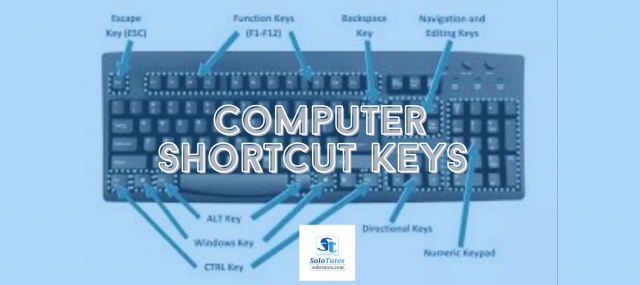


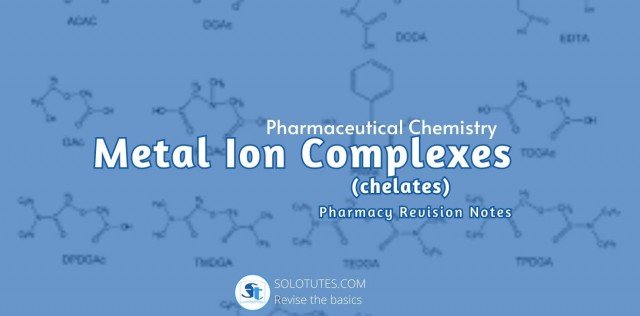

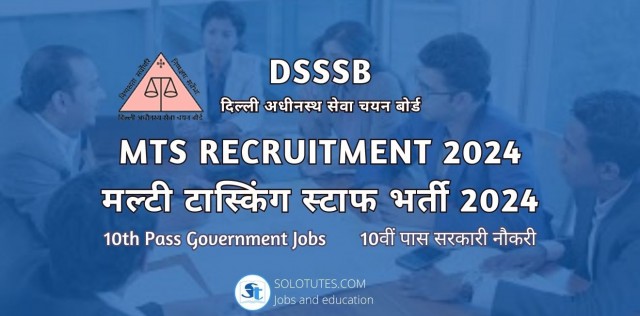


.jpg)



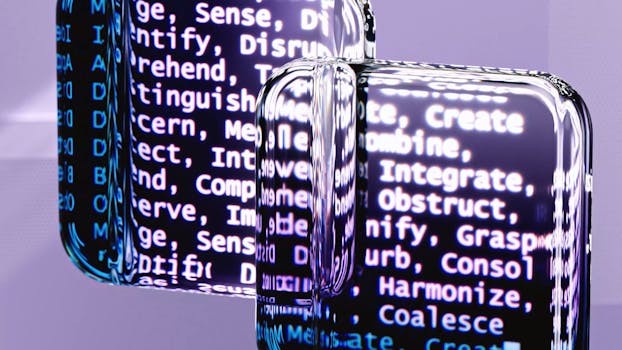



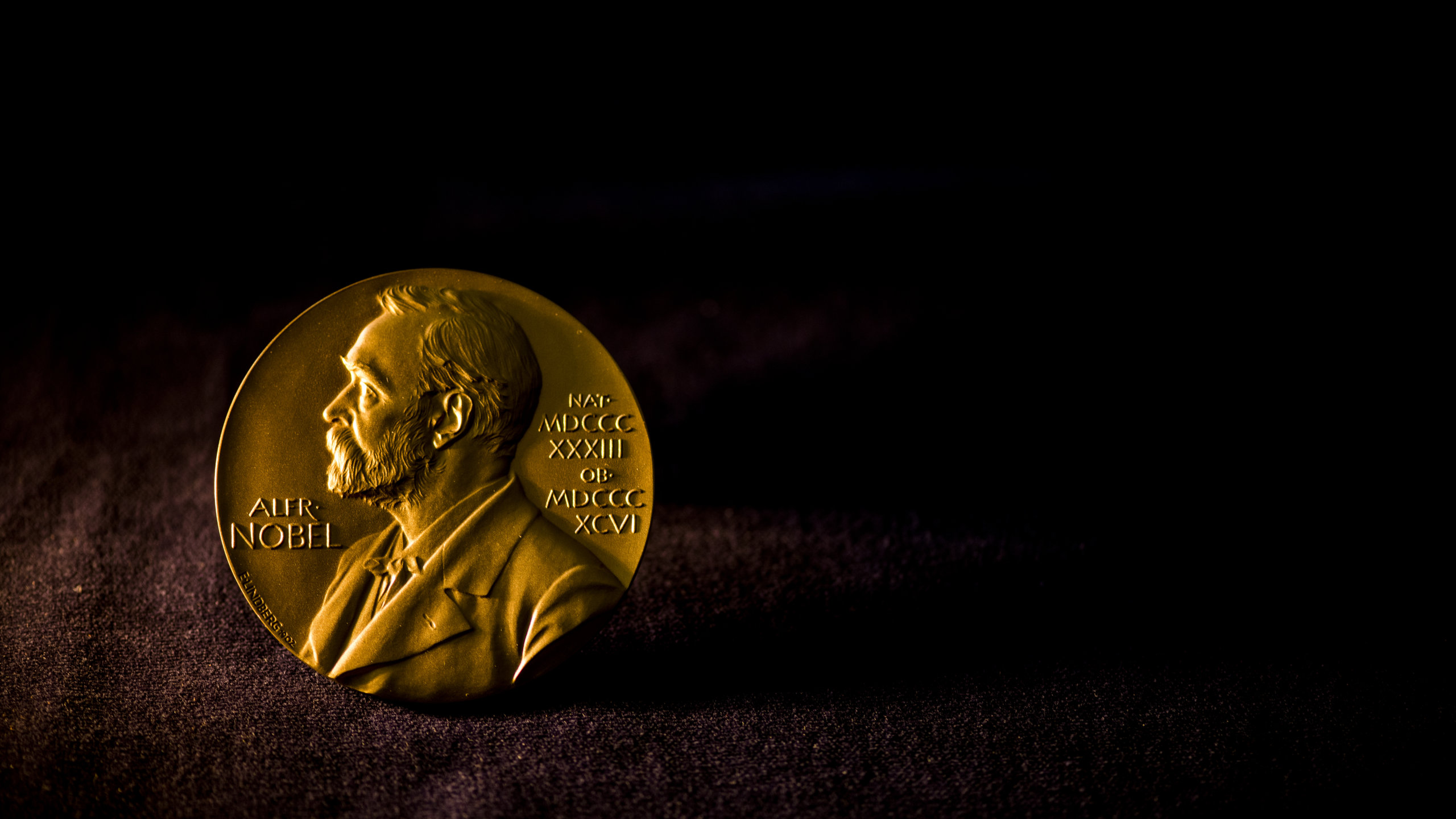 a quick overview on Nobel Prizes
a quick overview on Nobel Prizes